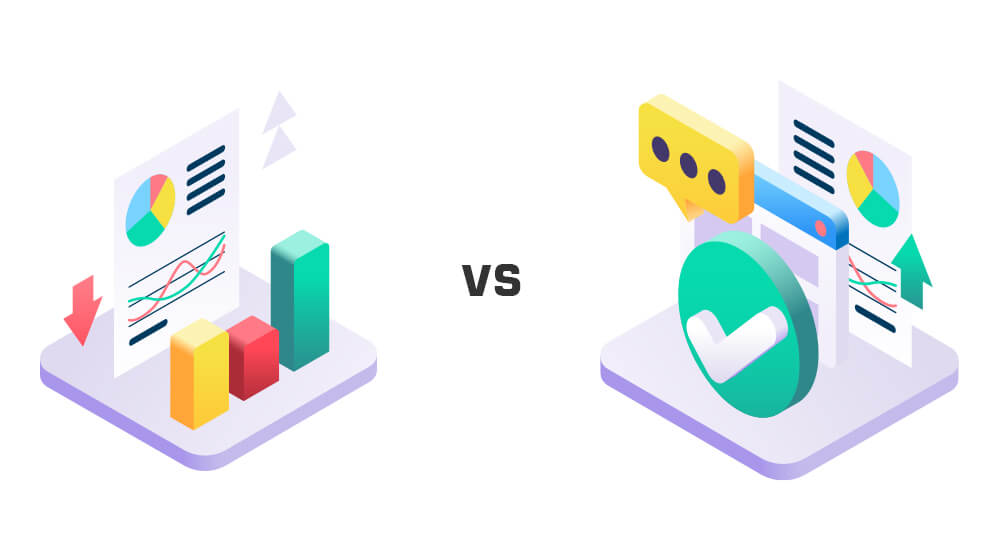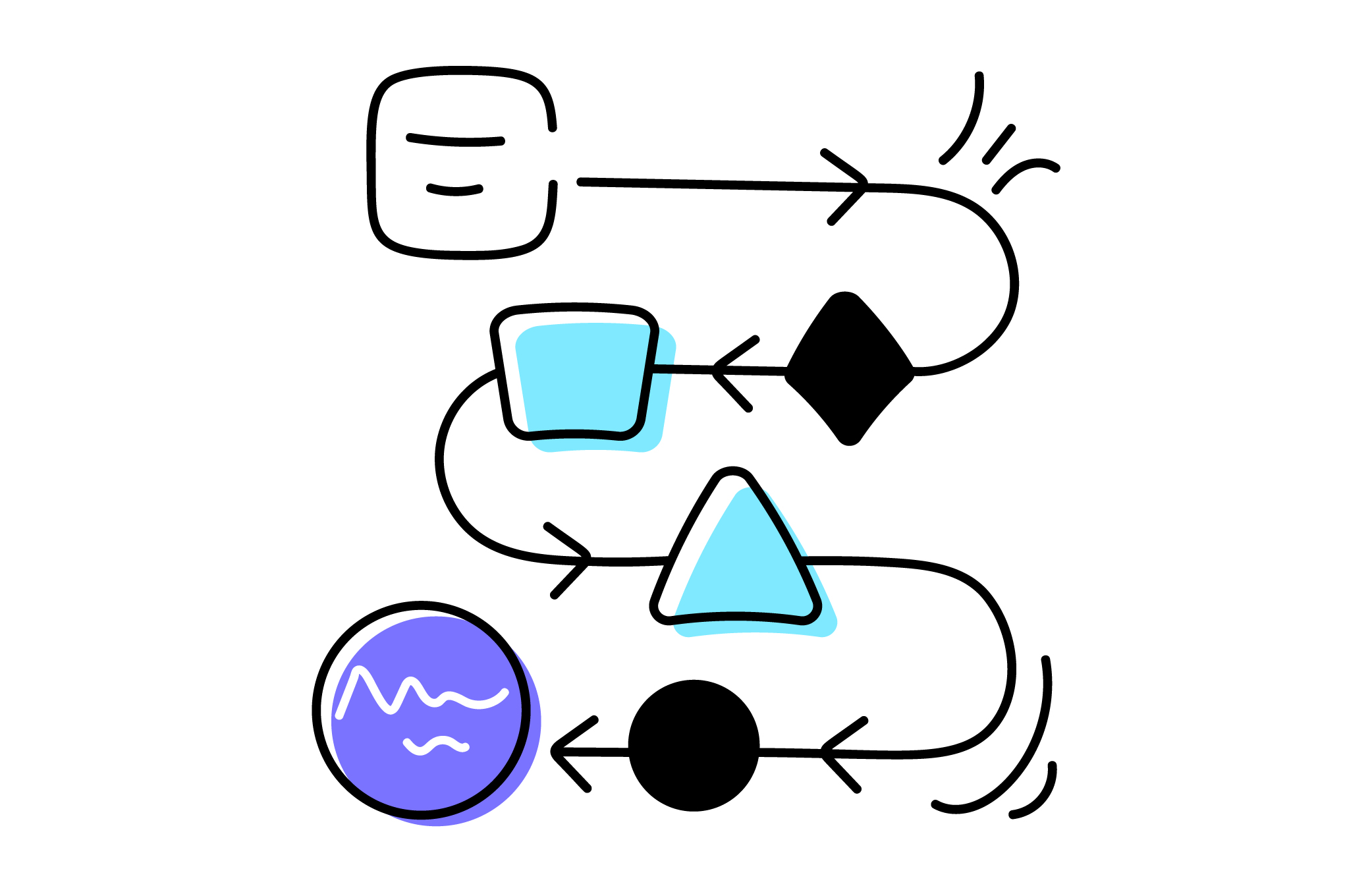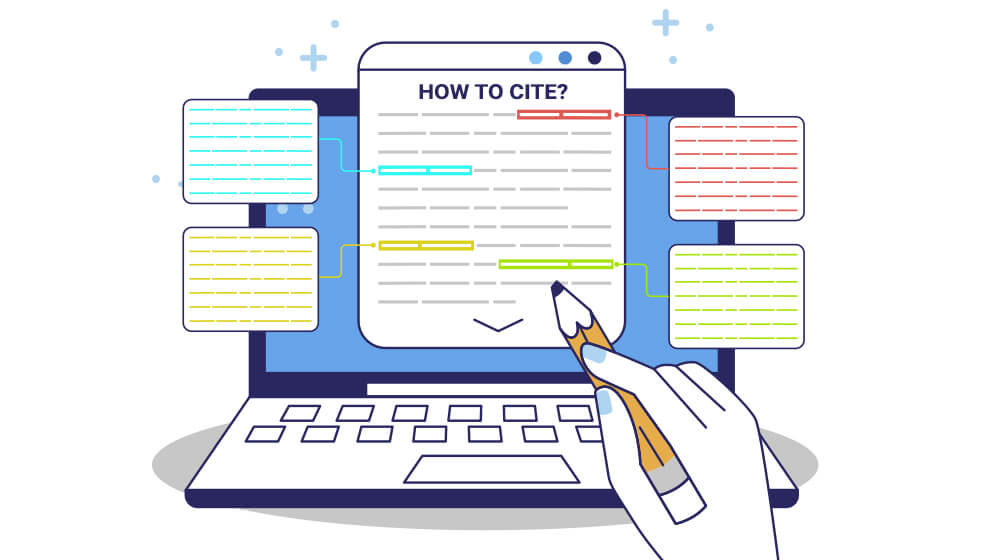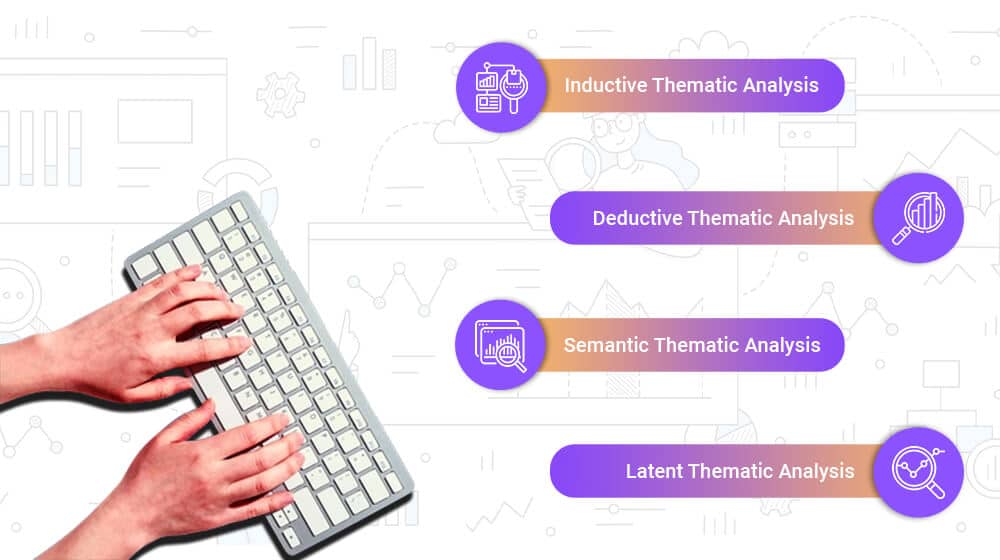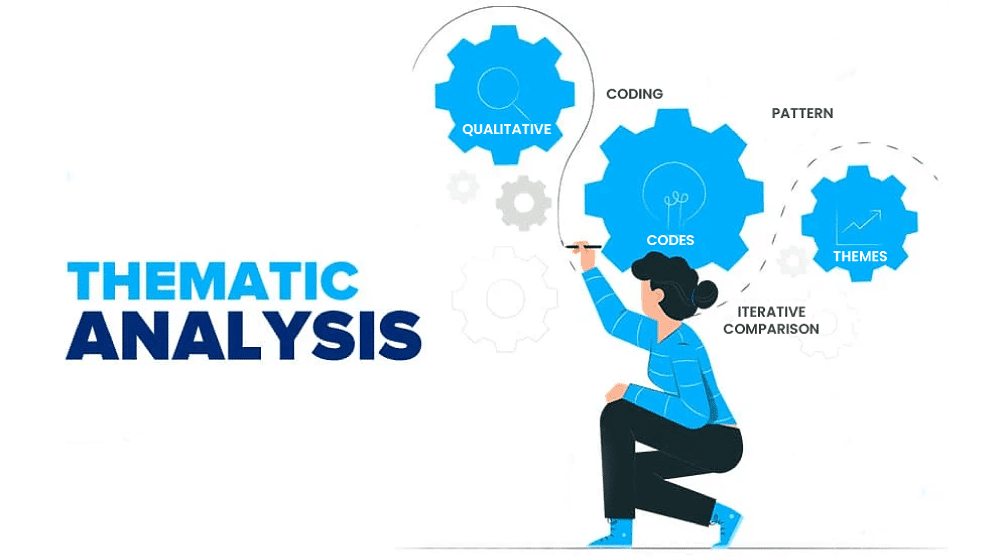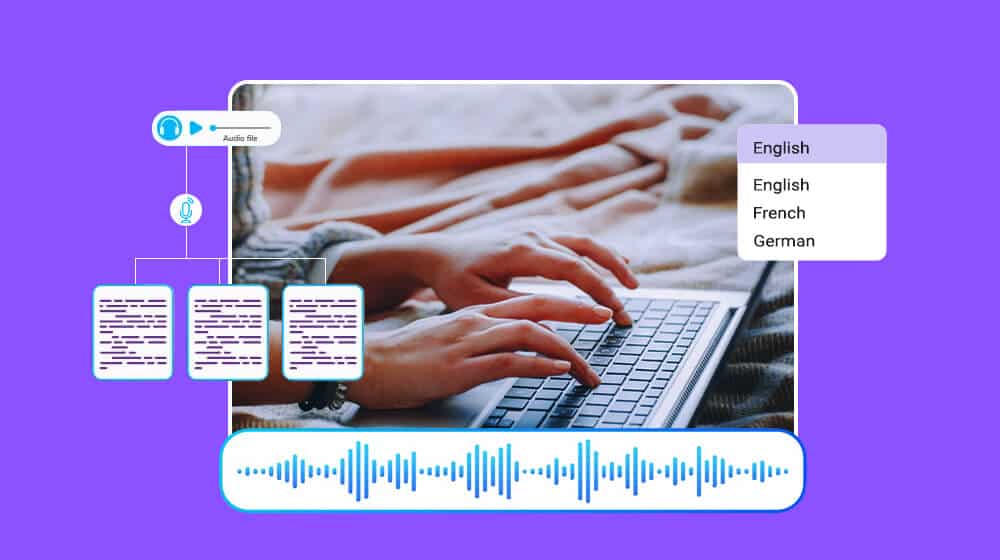Importance of Open-Ended Questions and how to analyze them

We hear the term open-ended questions a lot in the feedback collection market. But what exactly are these questions and their significance? Let’s explore all the elements:
What are open-ended questions?
Open-ended questions are descriptive questions that organizations ask from their customers. These questions address: how, when, why, what, and who of any aspect. These questions assist you in following the customer journey offering you deeper qualitative data. They also deliver actionable insights by effectively analyzing sentiments and opinions.
Let’s also look at a few key differences between open-ended and closed-ended questions
Open-ended questions have no limit; they invite free responses. Closed-ended questions are restricted to yes, no, or other statistical answers. The data collection of open-ended questions takes longer as answers are comprehensive, but you can collect close-ended question data in no time. Examples of open-ended data collection are interviews, discussions, and focus groups. Polls, short surveys, and questionnaires are close-ended data collection examples.
By now, you must have had a clear idea of open-ended questions. Now let’s learn how to analyze them.
Start by collecting data
The first step is collecting data by forming open-ended questions and sharing them with customers. You can run interviews, surveys, focus groups, etc.
Now, organize the data
After collecting data, structure it into a CSV or excel file. The organization will make the analysis of data easy. It will also help you categorize data according to topics and reactions. For example, you can organize data based on positive, neutral, and negative reactions. It makes arranging customers’ views about services, expectations, suggestions, etc, more effective.
Analyze the data
By analysis, we mean an overall analysis of the data. Begin with descriptive analysis to formulate a base for your data analysis. Execute sentiment analysis of data to perceive customers’ emotions and behavior. This step includes creating rulesets and comparing verbatim statements.
You can use diagnostic analytics to decode the logical aspects of business engagement with customers. You can also go with text, predictive and prescriptive analysis. ANT by Datagain, Classify360, Funnel, and Diagnostic Analytics are a few tools to help you with seamless data analysis.
Visualize and interpret
The last step is the most impactful, as it helps you derive insights using graphical illustrations. Visualizing isn’t just an immersive way of data interpretation but is also effective. You can visualize data by making scatter plots, histograms, pie charts, line graphs, and tabulated forms.
Tips for collecting the best open-ended questions:
- Don’t just frame open-ended questions by following scripts, be creative and candid with them.
- Ensure questions aren’t just promo conversations about your business. They should put light on your customer’s needs and preferences.
- You can also add open-ended follow-up questions in a close-ended script.
- Never include complicated questions; always think from a layman’s perception.
- Keep the form short, and don’t exhaust the customers as it affects their opinions.
ANT: Your best stop for seeking open end-question analysis
We have the best analysts who will analyze and interpret complex, open-ended questions. They will assist you in the coding process to get impactful insights. If you don’t believe what we do, why not explore our services and know yourself?


